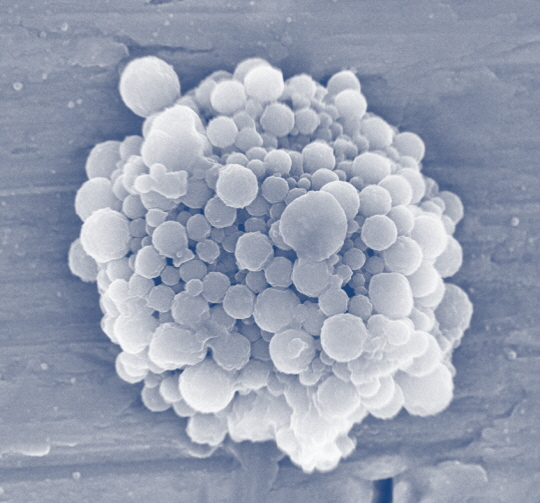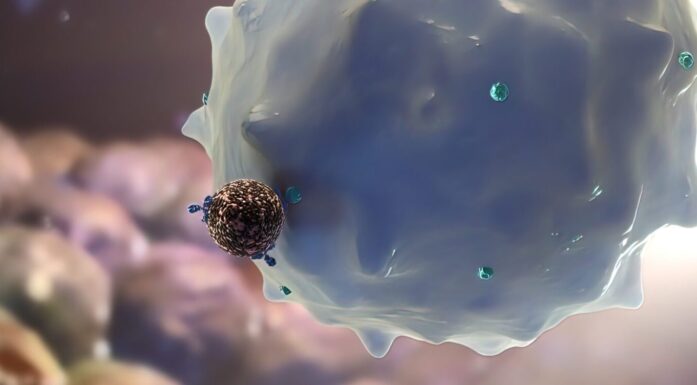Commercialising gas bubbles for cancer drug delivery
Researchers are now working to design stable micro-bubbles which, combined with ultrasound, can deliver cancer drugs straight to the target tumour.
The project recently started up in Trondheim is called ‘BubbleCAN’ and is based on SINTEF proprietary technology. Researchers are making stable micro-bubbles containing chemotherapeutic drugs.
The bubbles can be used in combination with ultrasound and are highly suitable for inoperable cancers and brain tumours that are difficult to treat using current methods.
Highly targeted therapy – fewer side-effects
Yrr Mørch at SINTEF tells Gemini that in traditional chemotherapy approaches, as little as between 0.001 and 0.01% of the drug injected into the body will reach the target tumour.
“The rest damages healthy cells and tissue, resulting in terrible side-effects”, says Mørch. “But when we combine bubbles with ultrasound we can increase the amount of drug delivered directly to the cancer by creating small pores in the walls of the vessels supplying blood to the tumour.
Stable, customised micro-bubbles
The challenge facing researchers is that the bubbles are delicate and only have a restricted lifetime in the bloodstream. There is an urgent need to develop bubbles specially designed for ultrasound-based cancer treatments, but there are currently no such products on the market.
The aim of the BubbleCAN project is to optimise the micro-bubble concept and develop a commercial product.
- You may also read: Stealth Medisine
“The most important task in this project is to make the bubbles stable”, says Mørch. “To do this we need nanoparticles that create a protective shell around the bubbles. The bubbles are injected into the blood and circulate to all parts of the body. When they reach the tumour, targeted ultrasound waves burst the bubbles, releasing the nanoparticles and simultaneously creating small pores in the blood vessel walls. This enables large amounts of nanoparticles to accumulate in the tumour, gradually dissolving and releasing the chemotherapeutic drugs”, says Mørch.
The project is planned to run over two and a half years and is funded by the Research Council of Norway via a joint announcement made by the FORNY and BIOTEK2021 research programmes and the Norwegian Cancer Society.





